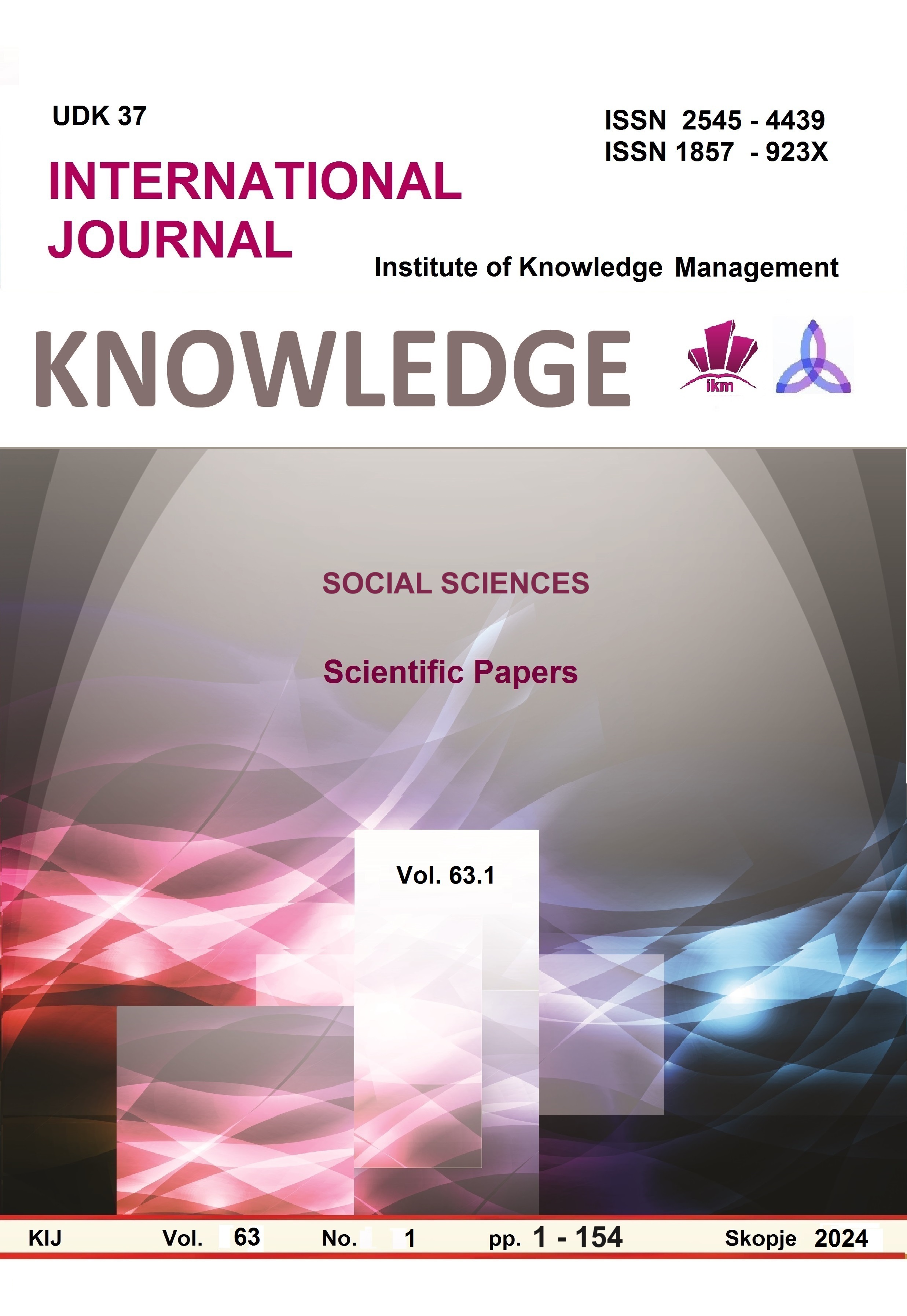ADMINISTRATA PUBLIKE DHE SHTETI
PUBLIC ADMINISTRATION AND THE STATE
Author(s): Lindita NeziriSubject(s): Politics, Public Administration
Published by: Scientific Institute of Management and Knowledge
Keywords: Public administration;state power;citizens;public service;state
Summary/Abstract: The concepts of state and Public Administration are inextricably linked. The Public Administration (hereafter, AP) is spoken only in terms of the state, for as long as the state exists, the PA will also exist. Without the state, there is no PA, but also without PA, there is no state. Administration is an activity without which the activity of the legal state cannot be thought of. The administration has a role in the three bodies of power: legislative, executive, and judicial, while its most pronounced role is in the executive. PA appears not only as a form of state power, but also as a service that fulfils the needs of citizens. PA is the apparatus that serves the state in the realisation of its goals; i.e. it is a tool through which the state implements general state policies, a tool through which public services are provided in the general interest of citizens, a tool through which legal and by-law acts are implemented. PA is a connecting bridge between citizens and state power; it is a promoter of democratic processes in the country. The role of administration is among the most current topics that are very often discussed. PA extends to all areas of social life, so without it is impossible to think of the legal state. The ideal of every state is to create rule of law. Without a modern, well-organised, rational, functional, efficient, responsible, and controlled public administration, the legal state cannot be built. Today, almost no one is satisfied with PA. Not the society that aims for a democratic life, nor the citizens to whom faith in it is preached, and not even the employees in the PA. Answering why this is so is not easy. The structure of PA depends on the institutional arrangement of the state. Considering the fact that the citizen ‘meets‘ with the administration at almost every step and every day, as well as seeing the importance of the PA for the state and the citizens, we consider it necessary to expand the knowledge about the PA and the state in general. The paper is divided into two parts so that in the first part the PA in general is treated and analysed, focusing on the differences between state administration and public administration and the differences between public administration and private administration, while in the second part the state in general is treated and analysed. For the needs of this study, descriptive-comparative methods and doctrinal research are used.
Journal: Knowledge - International Journal
- Issue Year: 63/2024
- Issue No: 1
- Page Range: 99-102
- Page Count: 4
- Language: Albanian

